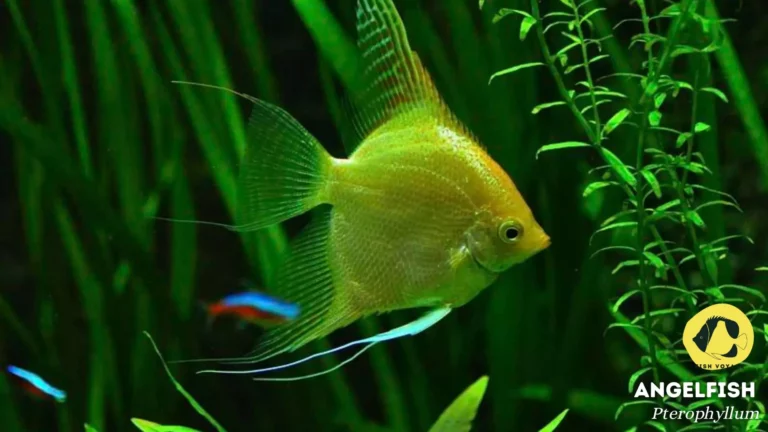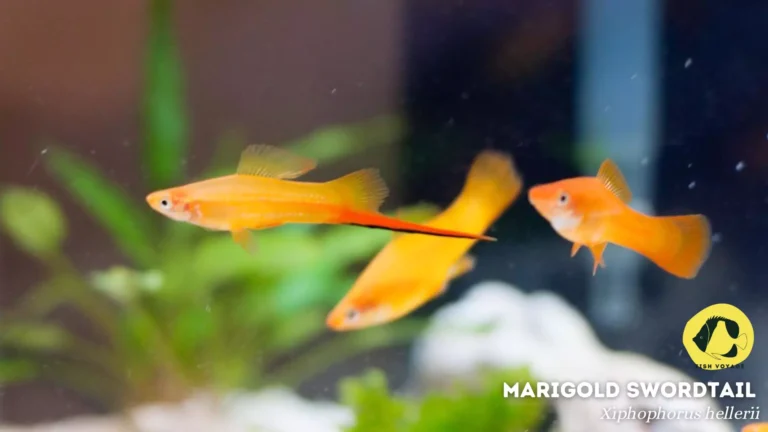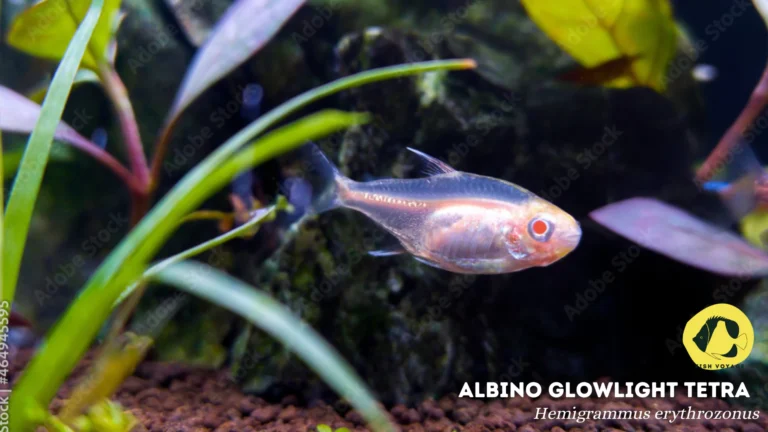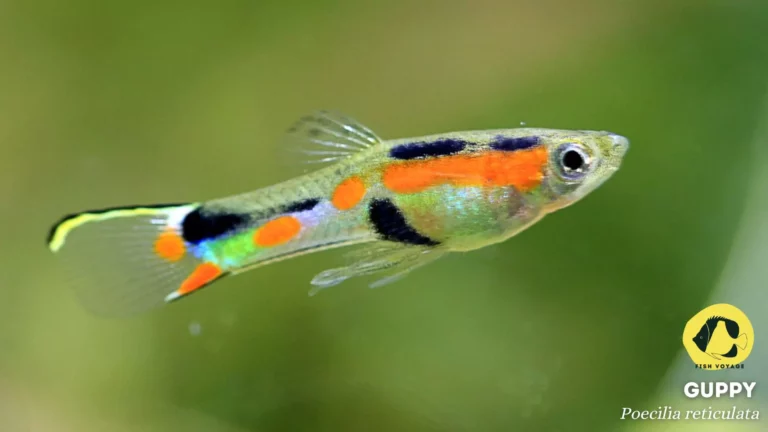Top 5 Toughest Fishes For An Aquarium
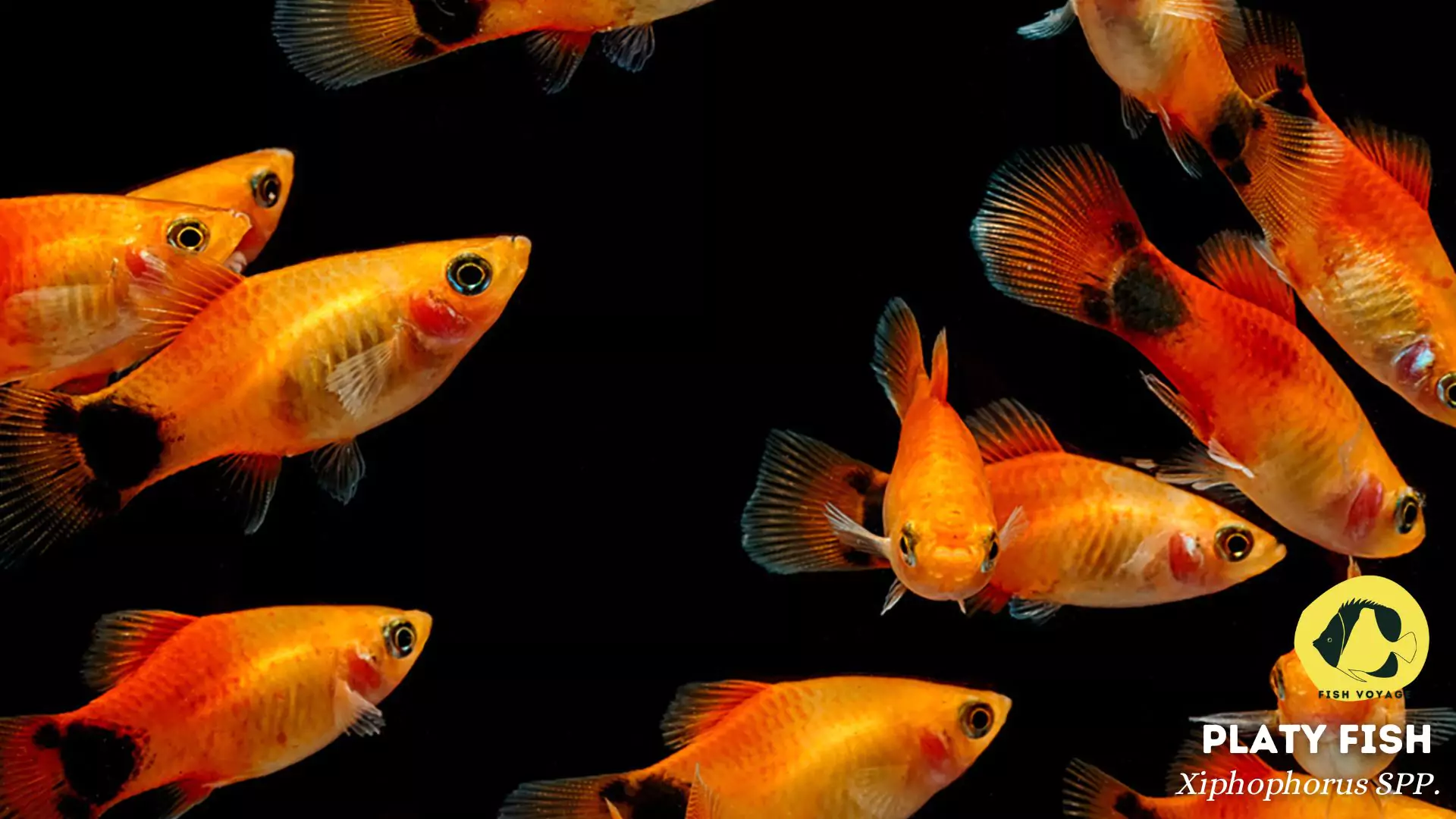
In the captivating realm of aquarium keeping, the choice of fish extends beyond mere aesthetics; it delves into the realm of resilience and toughness. As both a fundamental consideration for beginners embarking on their aquatic journey and a crucial factor for seasoned hobbyists seeking enduring companions, the concept of selecting hardy fishes becomes paramount. Opting for robust species not only simplifies the complexities of aquarium maintenance but also ensures a more gratifying and enduring experience for enthusiasts. In this exploration, we unravel the significance of introducing tough and adaptable fish into your aquarium, offering insights that cater to aquarists of all expertise levels. Dive into the world where the durability of aquatic life meets the artistry of aquarium cultivation.
Characteristics of Tough Fishes
Adaptability to Diverse Environments
Hardy fishes exhibit a remarkable ability to adapt to varying environmental conditions within an aquarium. Their resilience enables them to thrive in a spectrum of water parameters, offering aquarium enthusiasts a broader range of flexibility in setting up and maintaining their aquatic ecosystems.
Tolerance to Fluctuating Water Conditions
One of the hallmarks of robust aquarium species is their tolerance to fluctuations in water quality. These fishes can withstand minor variations in temperature, pH levels, and other water parameters, reducing the likelihood of stress-related health issues. This adaptability contributes significantly to the ease of care for both novice and experienced aquarists.
Disease Resistance
Tough fishes are endowed with a heightened resistance to common aquarium diseases. This inherent resilience acts as a safeguard against potential health hazards, minimizing the need for intensive medical interventions. The reduced susceptibility to illnesses not only benefits the well-being of the fish but also alleviates concerns for aquarium enthusiasts, fostering a more enjoyable and sustainable hobby.
Endurance in Captivity
Resilient species demonstrate longevity and durability in captivity. Their ability to endure the challenges of confined environments contributes to the overall stability and success of an aquarium. This enduring quality ensures that aquarists can forge lasting connections with their aquatic companions, creating a fulfilling and enduring experience.
In essence, the characteristics of toughness in aquarium fishes go beyond mere survival; they elevate the aquarium-keeping experience by simplifying care routines, enhancing the well-being of the fish, and fostering a sense of accomplishment for enthusiasts. Understanding and appreciating these traits is key to creating a thriving aquatic habitat that stands resilient against the tests of time.
Top 5 Toughest Fishes
Guppy
- Hardiness: Guppies top the list with their exceptional hardiness, thriving in various water conditions. Their ability to adapt makes them ideal for beginners.
- Ease of Care: Known for their low-maintenance requirements, guppies are perfect for aquarists seeking a vibrant and resilient addition to their tanks.
- Compatibility: Guppies are social creatures, cohabiting harmoniously with other peaceful fish species, making them excellent community tank members.
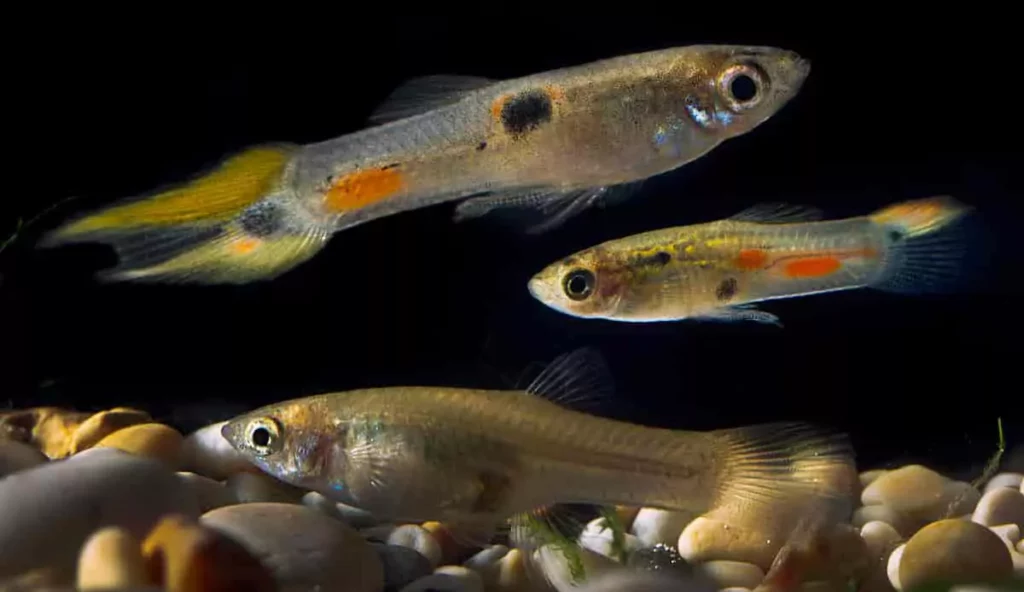
Zebrafish
- Hardiness: Zebrafish are renowned for their robust nature, making them suitable for aquarium enthusiasts of all levels. They can endure fluctuations in water parameters.
- Ease of Care: With straightforward care needs, zebrafish are a favorite among hobbyists. They’re adaptable to different environments, simplifying the aquarium upkeep process.
- Compatibility: Zebrafish exhibit peaceful behavior, fostering compatibility with a variety of tank mates, creating a visually dynamic aquatic community.
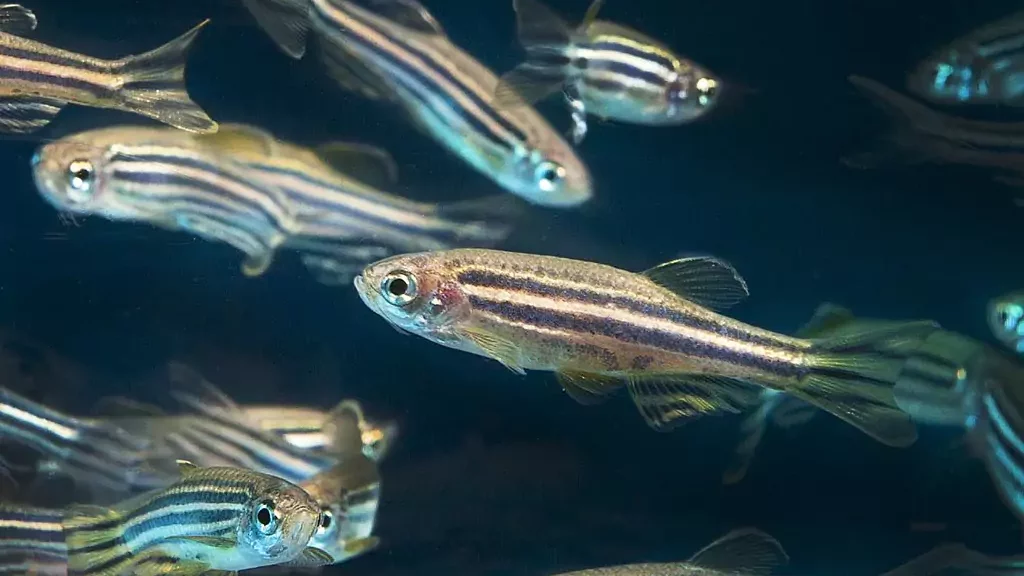
Betta
- Hardiness: Bettas, or Siamese Fighting Fish, possess remarkable resilience and can thrive in smaller setups. Their hardiness makes them well-suited for desktop or nano aquariums.
- Ease of Care: Known for their independent nature, bettas are relatively easy to care for. Their ability to breathe air allows them to thrive in environments with lower oxygen levels.
- Compatibility: While bettas can be territorial, careful tank planning and suitable tank mates ensure a harmonious coexistence, adding vibrancy to the aquarium.
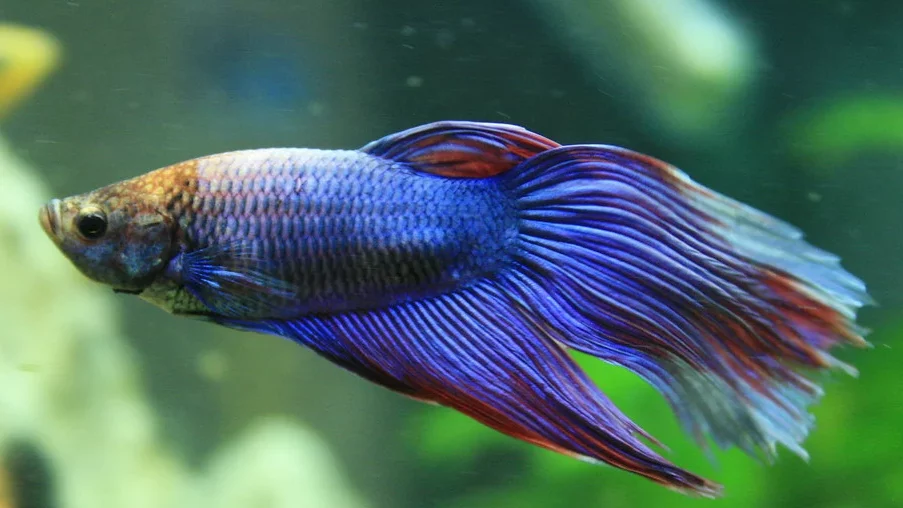
Swordtail
- Hardiness: Swordtails are robust and adaptable, making them suitable for various tank setups. They can endure fluctuations in water conditions, contributing to their resilience.
- Ease of Care: With moderate care requirements, swordtails are an excellent choice for both novice and experienced aquarists. Their versatility enhances the overall aquarium experience.
- Compatibility: Swordtails are generally peaceful, making them compatible with a range of community fish. Their lively nature adds an energetic dynamic to the aquarium.
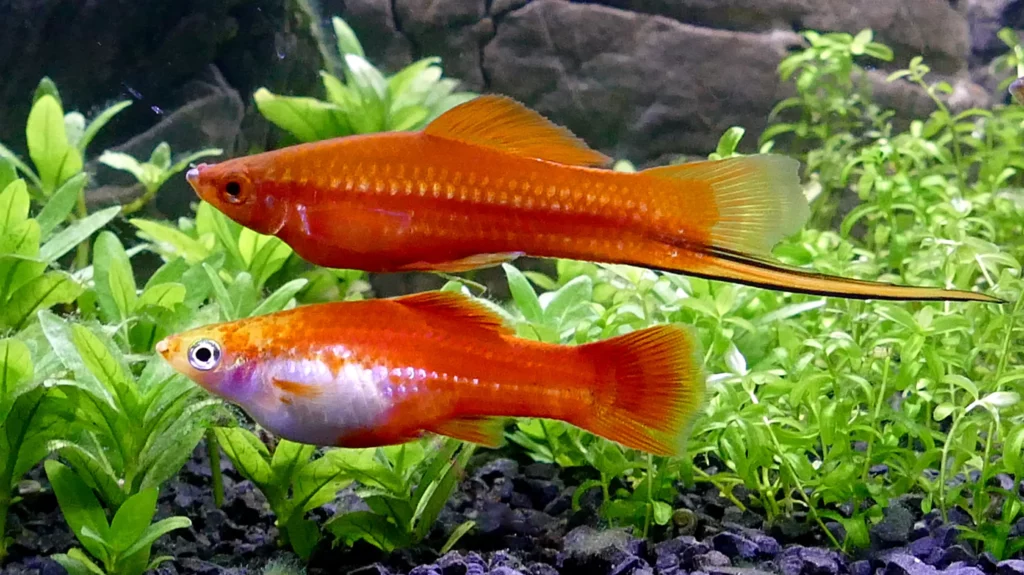
Platy
- Hardiness: Platies are hardy fish, known for their ability to withstand changes in water conditions. Their adaptability makes them a reliable choice for aquarium enthusiasts.
- Ease of Care: Easy to care for, platies are suitable for beginners. They thrive in well-maintained aquariums and contribute to the visual appeal of the tank.
- Compatibility: Platies are social and non-aggressive, making them compatible with a variety of community fish. Their peaceful demeanor enhances the overall aquarium ambiance.
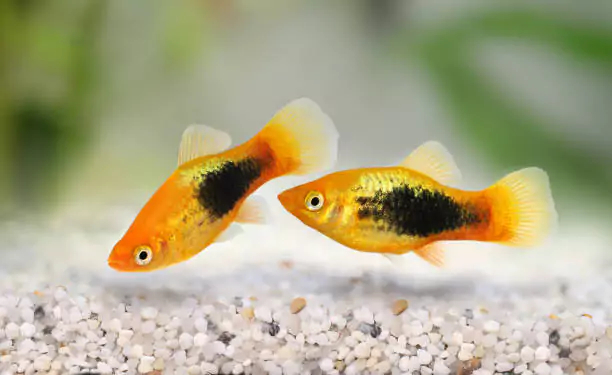
Choosing from these top 5 toughest fishes ensures not only the visual allure of a diverse and vibrant aquarium but also the assurance of hardiness, ease of care, and compatibility, creating an enduring aquatic haven for enthusiasts.
Tank Setup and Maintenance Tips
Appropriate Tank Size
Assess the space requirements of your chosen tough fish species. Opt for a tank size that accommodates their growth and provides ample swimming space. Adequate space ensures a healthier and less stressful environment.
Efficient Filtration System
A reliable filtration system is paramount for maintaining water quality. Choose a filter that suits the size of your aquarium and ensures effective removal of impurities. Regular filter maintenance is crucial for optimal performance.
Maintaining Water Parameters
Regularly check and maintain stable water temperature and pH levels as per the specific requirements of your tough fish species. Consistency in these parameters promotes overall well-being and reduces stress.
Substrate and Decor Choices
- Select a substrate that complements the natural habitat of your fish. Different species may have preferences, and the right substrate contributes to their comfort.
- Incorporate decorations and plants to create hiding spots. This helps in reducing stress and enhances the overall aesthetics of the aquarium.
Establish a Routine Cleaning Schedule
- Perform regular water changes to maintain water quality and remove accumulated debris. This simple yet effective practice contributes significantly to the health of your aquarium’s inhabitants.
- Use a gravel vacuum during water changes to clean the substrate and eliminate waste. This prevents the buildup of harmful substances that could compromise the resilience of your fish.
Avoid Overcrowding
Resist the temptation to overcrowd your aquarium. Maintain a balanced fish population to prevent competition for resources and minimize stress among tank inhabitants.
Quarantine New Additions
Before introducing new fish to your aquarium, quarantine them separately for a period. This precautionary measure helps prevent the spread of potential diseases, safeguarding the health of your existing fish.
Observation and Adjustments
Regularly observe the behavior and health of your fish. Any signs of distress or illness should prompt immediate attention and, if necessary, adjustments to the tank setup or water parameters.
By adhering to these tank setup and maintenance tips, you establish a robust foundation for your aquarium, fostering an environment where tough fishes can thrive. Consistent care and attention contribute to the enduring health and vitality of your aquatic companions, ensuring a fulfilling and sustainable aquarium experience.
Feeding Guidelines
Understanding Dietary Needs
Research and understand the specific dietary requirements of your tough fish species. Different breeds may have varied nutritional needs, and tailoring their diet accordingly is crucial for their overall health and vitality.
Suitable Types of Fish Food
- Opt for high-quality commercial fish pellets and flakes formulated to meet the nutritional needs of your tough fishes. These foods often contain a balanced mix of proteins, vitamins, and minerals essential for their well-being.
- Supplement the staple diet with occasional servings of live or frozen foods such as brine shrimp, daphnia, or bloodworms. These additions mimic the variety found in their natural diets, promoting a more diverse and enriched nutritional intake.
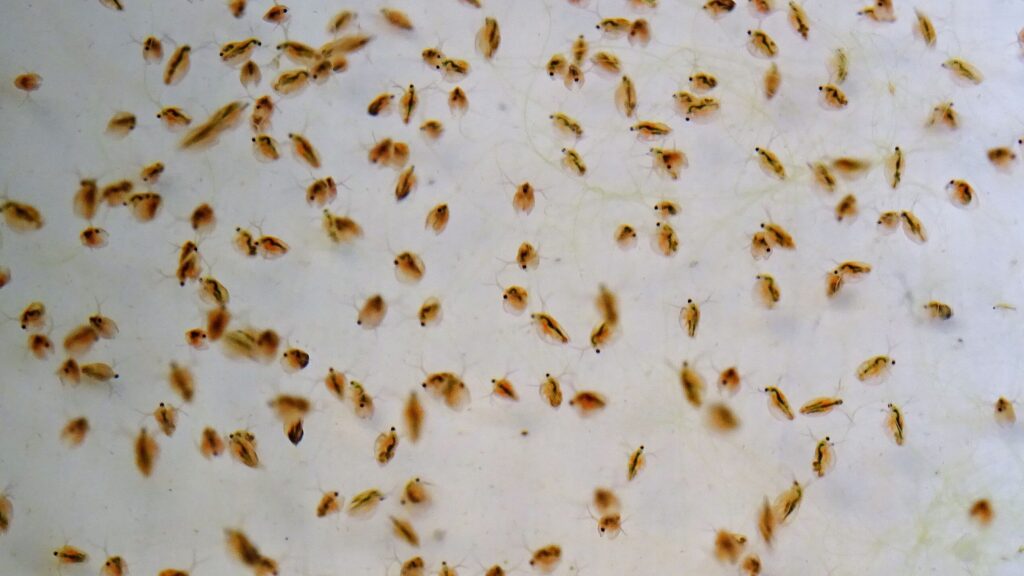
Feeding Schedules
- Establish a consistent feeding schedule to provide stability and routine for your tough fishes. Regular feeding times help regulate their metabolism and contribute to a healthier and less stressful environment.
- Avoid overfeeding, as it can lead to water quality issues and health problems. Feed an amount that your fishes can consume within a few minutes, adjusting portions based on their individual needs.
Balanced Diet for Well-being
- Ensure a well-balanced diet that includes proteins, carbohydrates, and essential vitamins. This balance supports growth, immunity, and overall vitality in tough fish species, contributing to their resilience in the aquarium environment.
- Introduce variety by rotating between different types of high-quality foods. This not only prevents dietary monotony but also ensures that your fishes receive a comprehensive range of nutrients.
Observation and Adjustments
Pay attention to the feeding behavior of your fishes. Changes in appetite or reluctance to eat may indicate underlying health issues. Adjust their diet or seek veterinary advice if needed.
Special Considerations for Herbivores or Carnivores
If you have herbivorous or carnivorous tough fishes, tailor their diet to match their natural preferences. Herbivores may require more plant-based foods, while carnivores benefit from protein-rich options.
By adhering to these feeding guidelines, you not only meet the nutritional needs of your tough fishes but also contribute to their overall well-being and resilience. A well-fed and content aquarium community is more likely to exhibit vibrant colors, robust health, and a thriving social dynamic.
Common Challenges and Troubleshooting
Water Quality Challenges
- Issue: Poor water quality can arise from the accumulation of waste, uneaten food, and decaying plant matter, leading to stress and diseases in fishes.
- Troubleshooting: Regularly test water parameters, perform scheduled water changes, and ensure proper filtration to maintain optimal water quality. Vacuum the substrate during water changes to remove debris and prevent ammonia spikes.
Disease Management
- Issue: Fish diseases, such as ich or fin rot, can spread quickly in aquariums, posing a threat to the entire community.
- Troubleshooting: Quarantine new additions before introducing them to the main tank. Monitor fish behavior, look out for signs of illness, and promptly isolate and treat affected individuals. Maintain a clean environment to prevent disease outbreaks.
Compatibility Problems
- Issue: Aggressive or territorial behavior among fish species can result in conflicts and stress.
- Troubleshooting: Research and choose compatible tank mates for your tough fishes. Observe fish behavior and be prepared to separate individuals if aggression arises. Provide ample hiding spots and territories to minimize conflicts.
Algae Overgrowth
- Issue: Algae can proliferate, affecting the aesthetic appeal of the aquarium and potentially disrupting the balance of the ecosystem.
- Troubleshooting: Control light exposure by adjusting lighting duration. Ensure proper nutrient balance and consider introducing algae-eating species like snails or certain fish. Regularly clean and maintain aquarium equipment to prevent algae buildup.
Temperature Fluctuations
- Issue: Inconsistent water temperatures can stress fish and compromise their immune systems.
- Troubleshooting: Invest in a reliable aquarium heater and thermometer to maintain stable temperatures. Avoid placing the tank near drafty areas or direct sunlight. Monitor seasonal temperature changes and make adjustments as needed.
Preventive Measures for Resilience
- Regular Maintenance: Conduct routine aquarium maintenance, including water changes, filter cleaning, and substrate vacuuming, to prevent the accumulation of waste and maintain optimal conditions.
- Quarantine New Additions: Always quarantine new fish before introducing them to the main tank. This practice helps prevent the introduction of diseases to the existing community.
- Research Before Adding Fish: Thoroughly research the compatibility and requirements of potential tank mates to prevent aggression and ensure a harmonious aquarium environment.
- Monitor and Adjust: Regularly observe fish behavior, check water parameters, and make adjustments as needed. Proactive monitoring allows for timely interventions, maintaining the resilience of your aquarium community.
Navigating the common challenges in aquarium keeping requires a blend of vigilance, knowledge, and proactive measures. By troubleshooting effectively and implementing preventive strategies, you can cultivate a resilient and thriving aquatic haven for your tough fishes.
Conclusion
In the captivating tapestry of aquarium keeping, the journey towards a flourishing underwater world is paved with the deliberate selection of tough and resilient fishes. As we’ve delved into the characteristics, top choices, tank setup, feeding guidelines, and challenges, the essence of fortitude in these aquatic companions emerges. Opting for hardy species not only simplifies the intricacies of aquarium maintenance but also transforms the hobby into a sustainable and gratifying endeavor.
By understanding the adaptability, tolerance, and disease resistance inherent in tough fishes like Guppies, Zebrafish, Bettas, Swordtails, and Platies, enthusiasts unlock the gateway to a more robust aquarium experience. From the meticulous setup of tanks to the nuances of feeding routines, each facet contributes to the longevity and vitality of the aquatic community.
As you embark on your aquarium journey or enhance your existing setup, consider the enduring allure of resilient fishes. Their ability to weather challenges and thrive in diverse environments ensures not only the well-being of the aquatic inhabitants but also your own enjoyment as an aquarium enthusiast.
We invite you to embrace the resilience of tough fishes, creating an environment where aquatic life flourishes. Share your experiences, insights, and questions in the comments below. Let this space become a hub of knowledge and camaraderie, fostering a community dedicated to the art and science of aquarium keeping. Together, let’s continue to explore and appreciate the beauty and resilience of the underwater realm.
Additional Resources
In concluding your exploration of tough fishes, delve deeper into the community spirit. Engage with fellow enthusiasts on reputable forums like AquariumAdvice and Fishlore, where experiences are shared, and wisdom flows.
For those seeking in-depth knowledge, consider delving into authoritative books such as The Complete Idiot’s Guide to Freshwater Aquariums by Mike Wickham and Encyclopedia of Aquarium & Pond Fish by David Alderton. These resources offer comprehensive insights into aquarium dynamics and fish care.
Embrace the resilience of tough fishes, and let the journey continue. Share your experiences and learn from others to cultivate a thriving aquatic haven.
Frequently Asked Questions (FAQs)
1. What are the key characteristics that make a fish considered “tough” for an aquarium?
Tough fishes exhibit traits such as adaptability to varying water conditions, tolerance to fluctuations, and resistance to common diseases. These characteristics contribute to their resilience in aquarium environments.
2. Which tough fish species are recommended for beginners in aquarium keeping?
Beginner-friendly tough fishes include Guppies, Zebrafish, Bettas, Swordtails, and Platies. These species are known for their hardiness, ease of care, and compatibility with various tank setups.
3. How do I maintain optimal water quality for tough fishes in my aquarium?
To maintain optimal water quality, conduct regular water tests, perform scheduled water changes, invest in a reliable filtration system, and ensure proper substrate and decor choices. These practices contribute to a healthier aquatic environment.
4. Can tough fishes coexist with other species in a community tank?
Yes, many tough fishes are suitable for community tanks. However, it’s crucial to research and choose compatible tank mates to prevent aggression. Providing ample hiding spots and monitoring behavior can foster harmonious coexistence.
5. What is the significance of a balanced diet for the well-being of tough fishes?
A balanced diet is essential for the overall health and resilience of tough fishes. It includes high-quality pellets and flakes, occasional live or frozen foods, and a variety of nutrients. A well-fed fish is more likely to exhibit vibrant colors and robust health.

